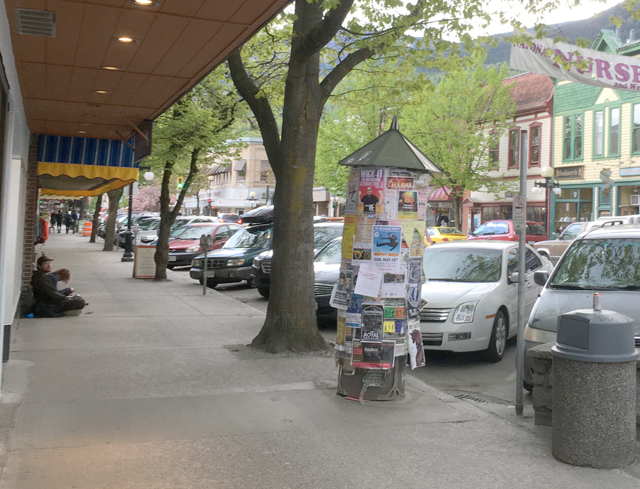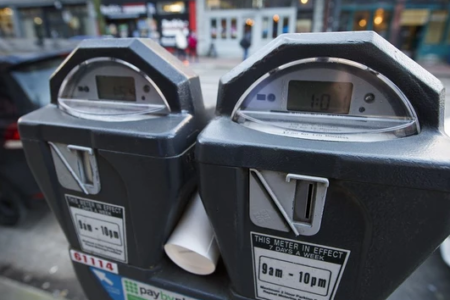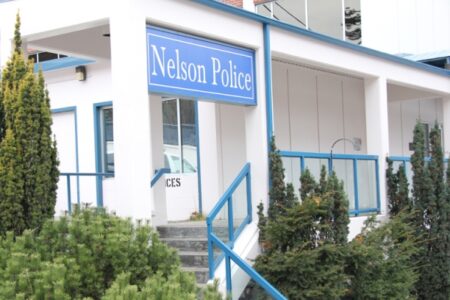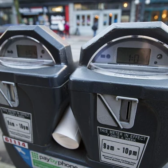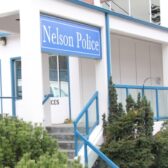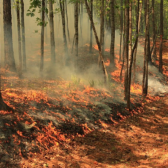The song remains the same: perception on Baker Street still has not changed in second year of outreach program
Although the street outreach program has reduced the pressure on the city’s emergency services it has not had the desired effect on the negative perception of Nelson’s street culture, says the executive director of Nelson Community Services.
Rona Park told city council Monday that although the Nelson business community seems to be gathering momentum for support behind the city’s street outreach project — now into its second year — they have also iterated that more needs to be done.
“They said (the program) was great but the problem was still there,” she noted in her year-end report to council on the Nelson Street Outreach program. “We know that. We never did say that this project would solve the problem entirely.”
However, downtown business owners have noticed some positive changes, Park explained, even though many of them still agree panhandling should be made illegal in the city and the downtown still “feels sketchy.”
In 2016 before the project began survey results from business owners felt the street culture folk were responsible for the detrimental behaviour on Baker Street that led to decreased business.
“A lot of people weren’t against them, they just didn’t know how to handle them,” said Park.
But the business community was impatient for change and they wanted someone to deal with what was going on, pressuring city hall at one point to pass legislation to prohibit panhandling on the city’s main commercial street.
Even with draft legislation in hand to move ahead with a panhandling prerogative, council pressed pause when the working group overseeing the street culture program came forward and proposed a pilot project.
By 2017 — one year after the street outreach program had been established — it was clear the group was successful and had met its goals with impacting the individuals on the street with their needs, but it failed in another area, Park admitted.
“We weren’t as confident that we had met the goals around impacting the business community and felt that one of the recommendations was to go and promote street outreach within the business community,” said
Park, and help dispel the negative view of the demographic.
Coun. Michael Dailly had stated before that the point of the Street Outreach project was to deal with aggressive panhandling, yet there were still problems such as some people affecting and impeding downtown businesses and people smoking in no smoking areas, to name a few, he said.
“I’m hoping at some level with this support we have there will be an understanding that we need to behave a particular way on the street as well to all get along wherever we are,” Dailly noted.
“I don’t know how that gets rolled out but I am hoping for some suggestions down the road when we deal with this later.”
Dailly was alluding to the draft Panhandling Bylaw that still awaits adoption, but council had elected to put it on hold to see how the Street Outreach pilot project would play out. Park pointed to some data showing that the program’s two part-time street outreach workers got services happening faster for people and got them the care they needed, as well as taking the pressure off the police in mental health cases, and reducing the number of visits to the emergency room at Kootenay Lake Hospital.
In order to enhance its work, Park said the Street Culture Collaborative working group, the umbrella group that guides the project, was looking at expanding hours of outreach services so as to ensure the team did not “burn out.”
It was also suggested to keep gathering input from stakeholders, and doing more work on changing the stigma about marginalized populations in Nelson.
“And recognizing that that will take a long time,” Park said.
And finally there is the intent to continue to run the program for at least three years to attract some good data on trends, needs and demands, continuing to fund the project through local community sources, including the regional district, as much as possible in order to keep community engagement in the project high.



